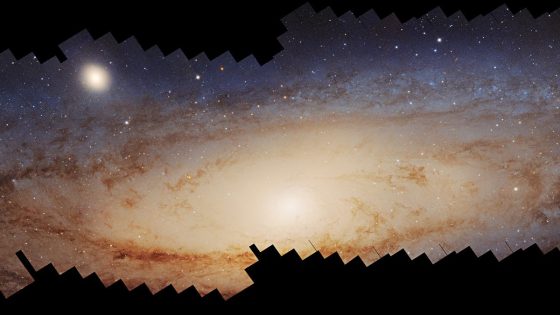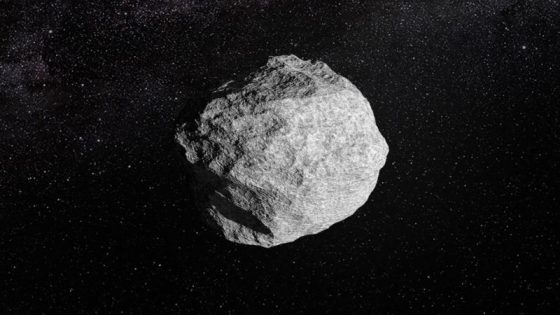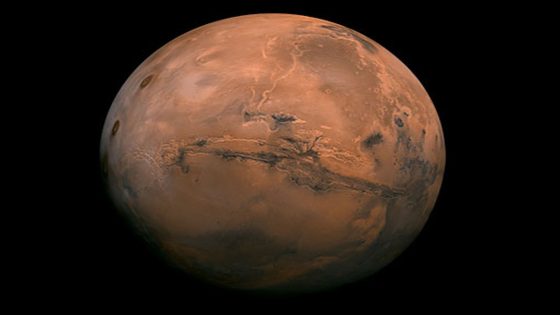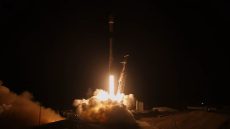The Earth’s magnetic north pole is shifting closer to Siberia, according to a recent update of the World Magnetic Model (WMM) released on February 12, 2025. This movement, while not entirely surprising, raises questions about its impact on navigation systems worldwide. How will this affect your GPS and other technologies we rely on daily?
- Earth's magnetic north pole is drifting towards Siberia.
- Magnetic north moves faster than geographic north.
- World Magnetic Model updates crucial for navigation.
- Magnetic field reversals could disrupt technology.
- Migratory animals rely on Earth's magnetic field.
- Scientists monitor changes in Earth's magnetism.
Understanding the Rapid Movement of Earth’s Magnetic North Pole
Why is the magnetic north pole moving so quickly? Scientists have observed a dramatic increase in its drift speed over recent decades. This change poses challenges for navigation systems that depend on precise magnetic readings.
Implications of Magnetic North’s Shift for Navigation Systems
The updated WMM is essential for maintaining the accuracy of navigation systems used in commercial aviation, maritime travel, and even smartphones. Without timely updates, users may face significant navigation errors. Here are key points to consider:
- The magnetic north pole has shifted significantly since it was first located in 1831.
- Modern GPS systems rely on the WMM for accurate positioning.
- Delays in updates can lead to costly mistakes in navigation.
- Two versions of the WMM are available: a standard model and a high-resolution model.
How Fast Is the Magnetic North Pole Moving?
The speed of the magnetic north pole’s drift has varied over the years. Initially, it moved at about 9.3 miles (15 km) per year before accelerating to 34.2 miles (55 km) in the 1990s. Recently, it has slowed to about 21.7 miles (35 km) per year. This erratic behavior raises questions about the stability of Earth’s magnetic field.
What Happens If the Magnetic Field Flips?
Earth’s magnetic field is not permanent; it has flipped many times throughout history. Such a reversal could disrupt technology, affecting everything from satellite navigation to power grids. The last complete flip occurred around 780,000 years ago, and while unlikely soon, the possibility remains a concern.
Potential Effects on Wildlife and Navigation
Many animals, including birds and sea turtles, use Earth’s magnetic field for navigation. A sudden shift could disorient these creatures, leading to ecological consequences. As we monitor the magnetic north pole’s movement, understanding these impacts is crucial for both technology and wildlife conservation.
As the Earth’s magnetic north pole continues to shift, staying informed is vital. Regular updates to navigation systems will help ensure accuracy and safety in our increasingly connected world.

































